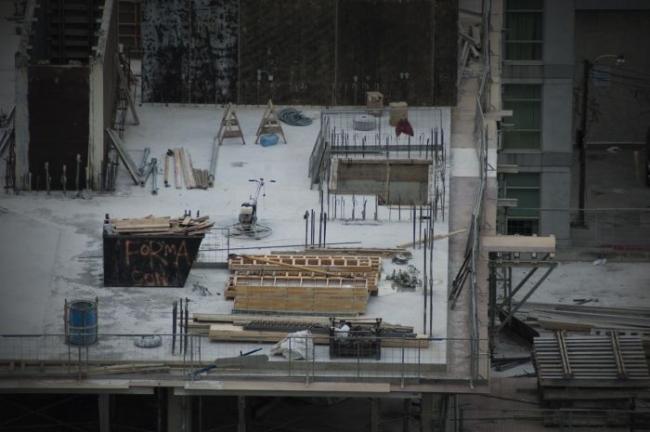What Do I Need to Know About Insurance for Owner Builders
What Do I Need to Know About Insurance for Owner Builders One of the most important things to consider about becoming an Owner Builder, even before you establish how and from who you are going to get Owner Builder finance, are the legal implications that come along with that decision. The legislation for owner builders changes regularly so it is important to ensure you make sure your information is current and accurate. Each state has different requirements and it pays to make sure your information In all other states except Queensland, you can get “Builder Warranty Insurance.” This insurance put simply means that as long as they have done everything properly and it cracks within 7 years, insurance will cover the repairs. This is insurance that is acquired by the builder and given to the homeowner as a protection against loss due to non-completion or defects etc. defects. This insurance provides cover to the homeowner for up to seven years after the home is completed. In Qld, under the PAMD (Property and Motor Dealing Act) if the property is sold within 7 years, it must be noted on the contract of purchase that it was an owner builder. If you sell your property within six years of the completion of the owner builder work you must provide the prospective purchaser a written notice with the warning: Warning – The building work to which this notice relates is not covered by insurance under the “Queensland Building Services Authority Act 1991“. Another other significant feature of being an Owner Builder in Queensland is that you can only receive an Owner Builder license every six years.. Take the example of Rodney Jones. He isn’t a qualified builder but he has many years experience in the building industry. As a result, he decided to buy a property and renovate it under an Owner Builder license and then sell it and make a profit on the investment. He found a property and applied for an Owner Builder loan with a major bank Within the next 12 months, he completed the project, substantially increasing the value of the property. He then put the property on the market and sold it. After paying back his construction loan, he pocketed a significant profit. This profit came despite the fact that he had to declare to all potential buyers that the home had been owner built. The project was ultimately such a success for him financially that he decided to do it again. Unfortunately, because he lives in Queensland he was unable to apply for another Owner Builder license again until 7 years had passed. This was despite the fact that he had significant experience now at managing this type of project, would have had no trouble at all in obtaining appropriate an appropriate Owner Builder loan and would like to do it again. The reason restrictions and limitations relating to owner builders are put in place is to ensure that constructions jobs are completed safely and at a high quality. Historically this is one of the reasons that banks and financial institutions consider Owner Builder loans to be higher risk than standard home loans. It is easier for Owner Builders without experience to run over budget and sometimes, not be able to complete the construction. Once a project has run out of money (without being finished) it is very difficult to find new sources of finance. As a consequence of these risks, banks and other financial institutions either won’t let or will only lend a very low LVR (loan to value ratio). The way we recommend to get around this situation is to present the financial information to banks in a way that they can see the inherent value in the project and understand that it is being managed professionally and properly. This is where the value of a good, experienced broker can really show itself and enable the project to get off the ground and become a financial success. Darin Hindmarsh See Full Bio

